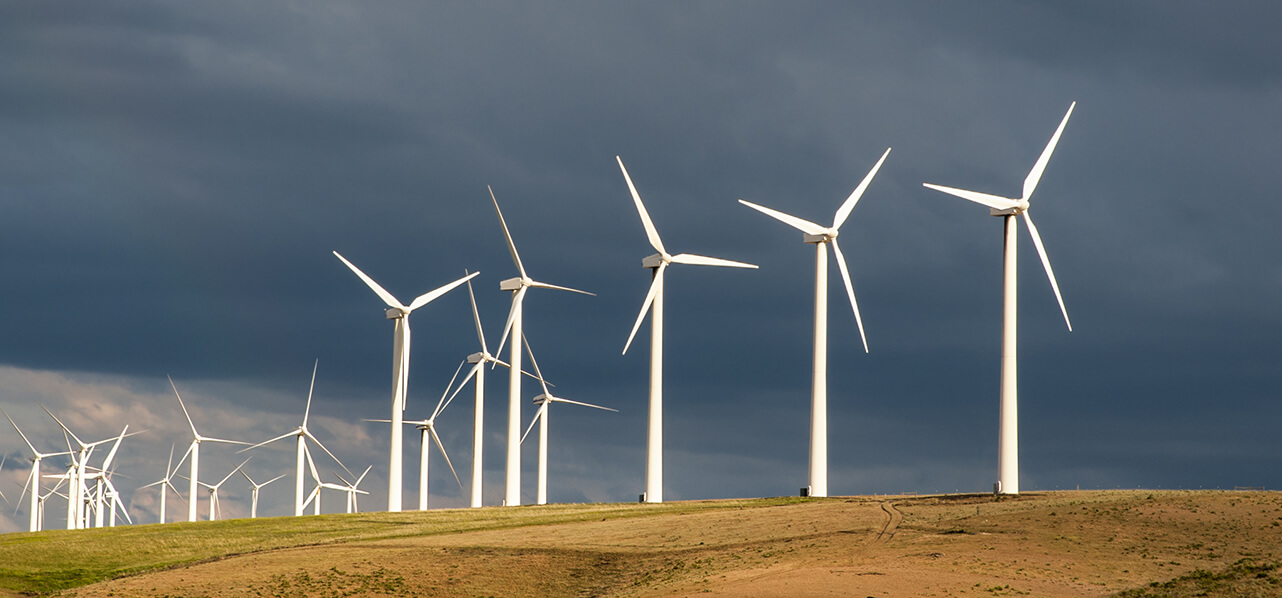In the third sector article of our Net Zero series, our team looks at what the UK’s Net Zero Strategy (“the Strategy”) means for industry stakeholders in the fuel supply and Hydrogen sector.
What does the Net Zero Strategy mean for your sector?
The key commitments set out in the Net Zero Strategy (the “Strategy”) for fuel supply and hydrogen offer little that is new. As set out in our introductory article, half of these commitments came out of the Hydrogen Strategy (published August 2021). Our full analysis of the UK Hydrogen Strategy is available here.
Some progress has been made toward the goals set out in the Hydrogen Strategy (and repeated in the Strategy):
- The Hydrogen BECCS Innovation Programme: Phase 1 competition was launched in January 2022, after a stakeholder workshop in November 2021, and is open for applications until 4 March 2022. It forms part of the BEIS £1bn Net Zero Innovation Portfolio, which aims to accelerate the commercialisation of innovative clean energy technologies and processes through the 2020s and 2030s; and
- The Hydrogen Skills and Standards for Heat programme was published in December 2021. Its stated aim is to “define the required criteria to safely repurpose existing natural gas equipment for hydrogen and to train a workforce of competent hydrogen gas installers”. The programme forms part of the Net Zero Innovation Portfolio.
Turning to the new, only the commitment analysed further below stands out, and even that will need further clarity to give market participants certainty.
Key commitment: Work with stakeholders to address barriers to electrification of oil and gas production by Q4 2022 and continue to drive down routine flaring and venting.
The North Sea Transition Deal (published March 2021) highlighted the need to decarbonise upstream oil and gas activities in the UK. It stated that its focus was “on actions the government and industry can take to reduce emissions from the UKCS oil and gas production, for example, electrification of offshore production installations and adherence to new standards on flaring and venting”.
The Strategy’s commitment here focusses on emissions beyond power generation, where “flaring and venting account for most remaining upstream emissions” and it endorses “industry’s commitment in the NSTD to accelerate reductions beyond the World Bank’s ‘Zero Routine Flaring by 2030’ initiative”. It goes on to refer to new OGA guidance which “sets out the expectation that all facilities should have zero routine flaring and venting by 2030 or sooner”. Finally, it refers to the Methane Action Plan which aims for “continuous emissions reductions with specific methane emissions reduction targets” and sets “the expectation that assets will have individual action plans by 2022”.
The Strategy promises additional work by government and regulators, to include “improved measurement, reporting and verification” and collection of “robust industry data which will enable effective implementation of their strategy”. While the Strategy also states that the “OGA’s tracking of overall emissions reductions and benchmarking of flaring and venting data will also improve performance across industry”, it is unclear how it will do so. While mechanisms already exist to drive down emissions, there is no clarity on the proposed changes and how these will strengthen existing incentives.




